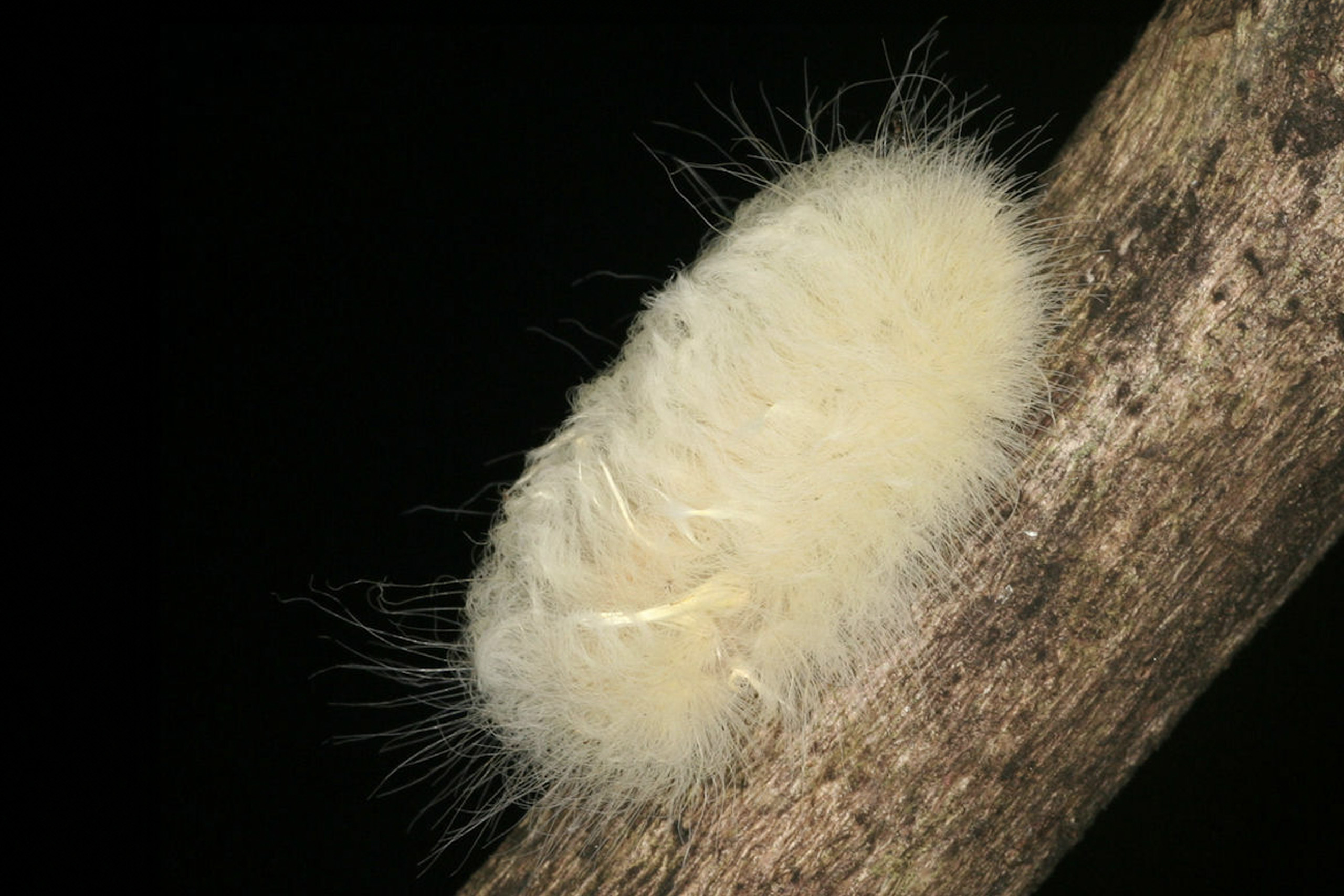The animal world is always full of surprises. Even a long-studied species can hold a few secrets hidden between their fur or scales. From the sounds sharks make to the hunting habits of cuttlefish, there is always something new to discover. Now researchers may have stumbled upon a rare case of bird mimicry inside a tiny hummingbird nest.
ADVERTISEMENT
White-necked jacobins (Florisuga mellivora) are a tropical hummingbird species found in Panama. Dr Jay Falk, a US National Science Foundation (NSF) Postdoctoral Fellow working at the University of Colorado Boulder, and at the Smithsonian Tropical Research Institute (STRI) in Panama has been studying the adults of the species for more than 10 years, but had never had the opportunity to study a nest up close. Hummingbirds are a small species with nests that are extremely vulnerable to predators and so have reportedly low success rates.
“These chicks are so small and helpless that most things would probably love to eat them as a snack. That includes insects like ants and wasps, but also small to medium-sized birds and snakes.” Falk, who is first author of the study, told IFLScience.
During February and March 2024, a nest was discovered and the team decided to monitor it, with the caring female bird looking after one egg. After 18-20 days of monitoring the nest, the chick finally hatched and revealed a baby hummingbird with long fluffy white down feathers. Curiously, the feathers resembled the long hairs of a caterpillar species native to that area.
As soon as the wasp got close, the chick started rearing its head and shaking it around, a lot like caterpillars do when they’re disturbed.
Dr Jay Falk
These caterpillars, particularly those belonging to moths of the Megalopygidae and Saturniidae families have long hairs and can deliver extremely painful stings. While several other families have hairs that can cause tissue damage or even be fatal. This form of mimicry is known as Batesian mimicry and can fool the predator into thinking the chick is one of these caterpillars so that it does not attack. “Batesian mimicry of caterpillars with urticating hairs may prevent chick predation through deception” explain the authors.
ADVERTISEMENT
Wanting to confirm their suspicions the team looked for similar cases online in hummingbird species and in other birds. However, they found that most of the species they investigated lacked these long feathers suggesting it was unique to that hummingbird.

A caterpillar in the Megalopygidae family has urticating hairs that can cause painful reactions when touched.
Image Credit: Herschel Raney, iNaturalist
The nest itself was covered with seeds of a Balsa tree which also look quite hairy, helping to camouflage the chick even more or providing an alternative explanation to the feathers in the form of camouflage rather than caterpillar mimicry.
Female hummingbirds have already been observed mimicking the males, in an effort to get access to more food resources.
“In short, males tend to be aggressive around food resources and other hummingbirds know to avoid them based on their appearance. Females that look like them are mimicking males so they get bullied by other hummingbirds less, which allows them to stick around at food resources without getting chased away,” explained Dr Falk.
ADVERTISEMENT
The team also observed a carnivorous Eponime paper wasp approach the nest. When this happened the chick moved in a similar manner to a caterpillar, shaking its head, further suggesting the mimicry involved.
“We were watching over this chick, just doing some observations from a distance, and all of a sudden the wasp showed up and we all held our breath because we didn’t want the chick to be harmed. As soon as the wasp got close, though, the chick started rearing its head and shaking it around, a lot like caterpillars do when they’re disturbed. The wasp hung around for several more seconds, like it was checking out the situation, and then decided to leave.” said Dr Falk.
While the researchers plan to investigate more into the cause behind the chick’s unusual feathers, Dr Falk thinks there may be more species out there with a similar strategy.
“ Lots of hummingbird chicks have some downy feathers on their backs, just not as many as what we saw in the white-necked jacobin, so I wouldn’t be surprised if there was another species out there that had the same strategy of increasing the density and number of those downy feathers.”
ADVERTISEMENT
The study is published in The Scientific Naturalist.
Source Link: Caterpillar-Like Hummingbird Chick Could Be Rare Example Of Batesian Mimicry In Birds